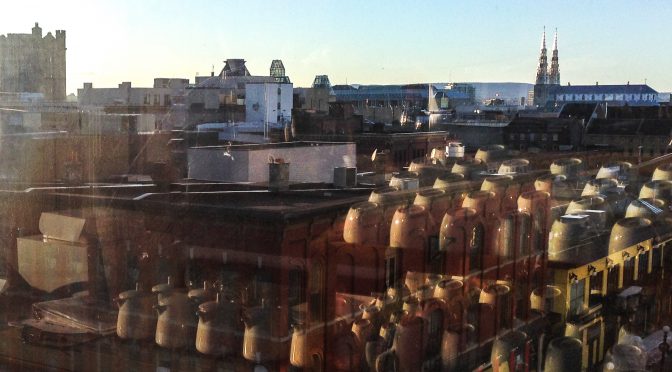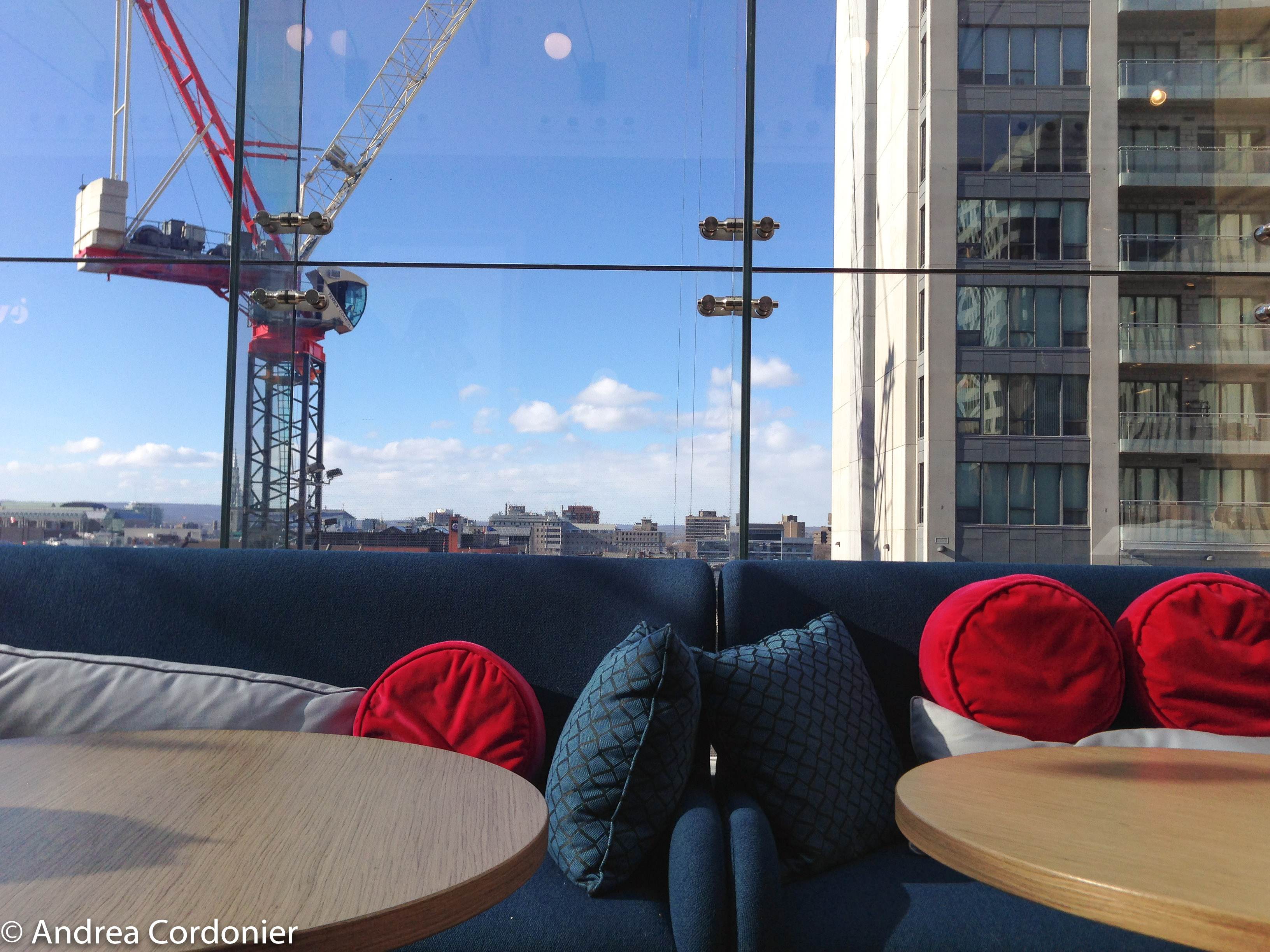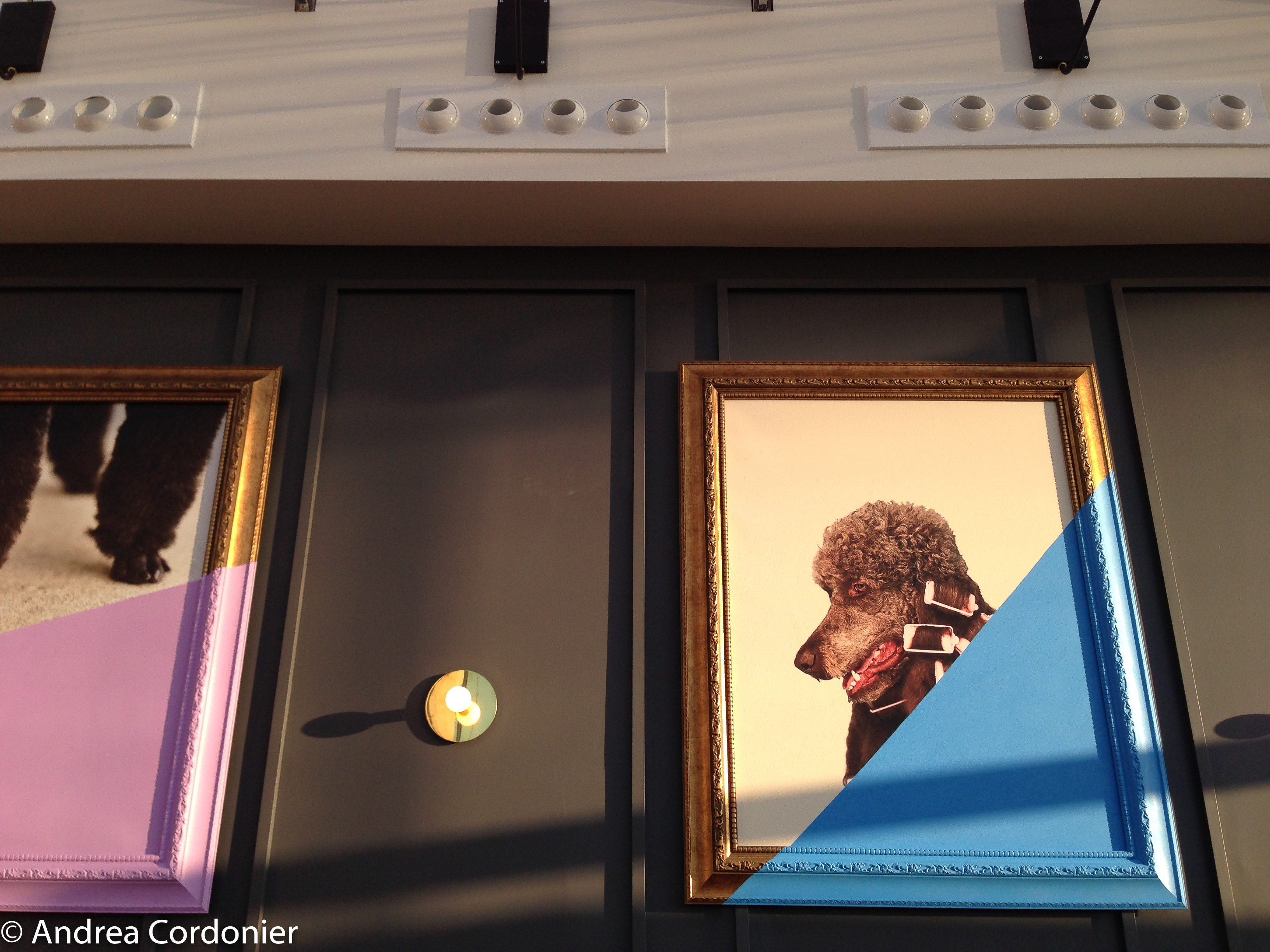I stop for a latte and drink in the view. The café, six tables and a banquette against the plate glass wall, offers a window onto the Byward Market and the Gatineau hills. Wind pushes the clouds across the city in an ephemeral drama of light and shadow. A commercial crane, red and ten stories tall, anchors the scene.
I blink and the operator appears in the cab, a glass pod of levers and the nerve centre of his crimson behemoth. He takes his lunch – a bowl of noodles judging by his gestures – enjoying a mirror image of my view. The café is a democratic place to see and be seen.
Since the founding of Ottawa, and its designation as the nation’s capital, unimpeded views have been commonplace within the downtown core. With the easing of height restrictions, a trade-off for increased density and “highest and best use of land,” new buildings push the limits.
Before me, the once-180 degree view has been reduced by a third with the installation of a dozen-floor condo development. To its right, the crane, with its unrelenting appetite for height, will ensure that the middle third of this long view disappears within weeks or months. As years pass, fewer will enjoy what many have taken for granted: a big sky and a way to navigate the city by natural means. However, development offers its own perspective.
I scan the condo windows for signs of life but all is quiet. Moments later, a woman in a white robe and hijab moves into the frame, a truncated theatre of the body from the waist up. She bobs into view then disappears as she prepares for midday prayers. The hills tell me she is facing east although her precise direction will be predicated upon the position of the sun and the particulars of her geographic location. As a follower of Islam, she will enact this ritual as many as five times a day like clockwork: before dawn, mid-morning, noon, mid-afternoon and evening.
Aside from being a personal act of faith, ritual is a subset of placemaking and timekeeping like the secular sights, sounds and smells that populate our public and private lives. I know, for example, it’s 9:00am on Sunday because the church bells ring or that it’s 7:00am because my neighbour runs past my house every day at the same time. In a few hours people will return to these windows to prepare dinner, drink with their friends, or, like me, take in the sidewalk ballet. As onlookers, we reflexively perform the role of one another’s keepers with an arms-length connection to the overarching narrative of daily life.
Lunchtime is over and the crane is moved to action with its box step of ordered predictability: swing, lower, raise, repeat. I drink up and drive home, still taking in the view.



